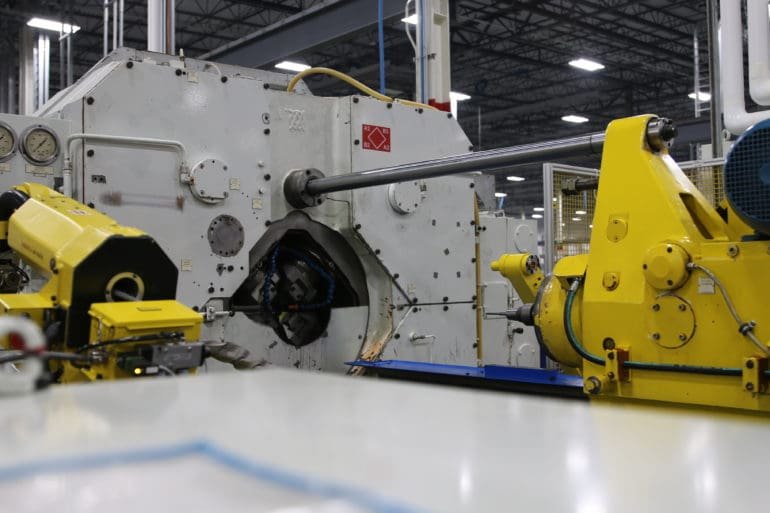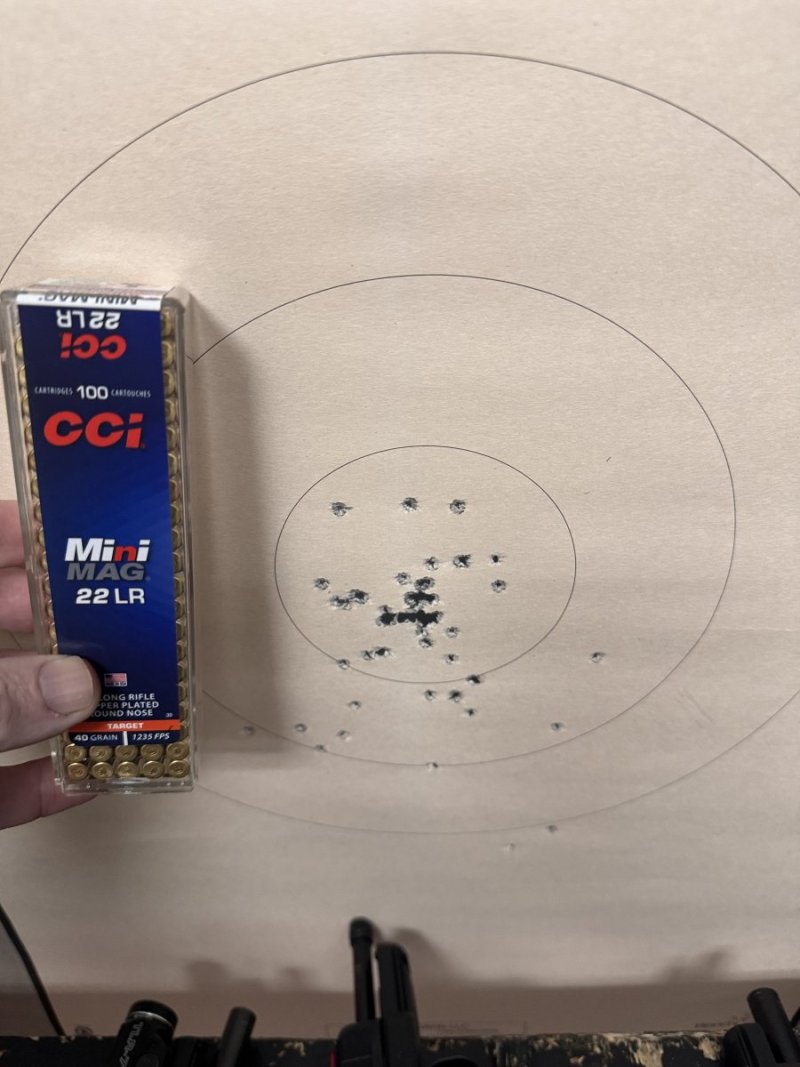OK, so expanding on that line of thinking, let's compare two popular loads:Again, I mostly agree. Especially when talking about terminal ballistic performance of specific bullets in particular loads and shot placement. With that said, your post points out the flaw in current studies I spoke about.
"real world studies on handgun mortality"
Mortality is almost irrelevant when considering who wins the fight. It's nothing more than a byproduct of the real goal of a SD round, which is stopping the attack. As many people are fond of pointing out, a 22lr will kill you, but it is a terrible round for SD because it's very inefficient at stopping the attacker. The harder a round hits, the better it is at stopping the attack. That's just plan logical. Current research is having a problem with seeing the forest for the trees.
Would you rather be hit with a Nerf ball thrown at 90 mph or a baseball at 90 mph? The obvious answer is the Nerf ball because it will hurt much less due to the fact it will transfer less energy to you on impact. I'll also point out that the baseball has a good chance of disabling you, at least temporarily, without creating any permanent wound channel at all. Think about that for a second.
9mm HST 124gr +P = 396 ft/lbs @ 1200fps
45 HST 230gr = 404 ft/lbs @ 890 fps
Were not talking about nerf vs baseballs. We're talking about croquet vs baseballs. That's not much of a difference. And the smaller one is moving 20-30% faster. Faster = more energy per grain.
The permanent wound cavities are also very similar. With the primary difference being the expanded diameter of the bullet which is roughly 0.75 vs 0.60". It's just not that much difference in a real world scenario. And the energies are surprisingly close, despite having almost twice the mass.









